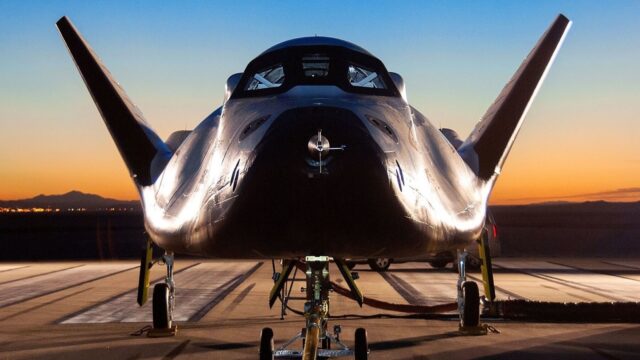November will be a month where many magnificent sky events will occur for sky lovers. NASA announced the sky calendar for those who want to witness these moments. So what awaits us in November? November will be a busy month, including viewings of Venus, Jupiter, Saturn, a beautiful crescent moon, and Leonid meteors. Sky enthusiasts who want to witness these moments can evaluate these unforgettable moments.
NASA gave the good news: The sky in November will be a visual feast!
First, you’ll be able to easily see brightly illuminated Jupiter during the night, as long as clear skies allow. Jupiter sets just before dawn, just as Venus begins to rise. So if you get up before dawn, you will be able to see the horizon clearly. So you’ll have a chance to see both planets on opposite sides of the sky.
Sky lovers here! Don’t forget to mark November 9 on your calendars. Because on the morning of November 9, the day starts with a visual feast. Be sure to open your eyes early in the morning before sunrise. You can brighten up your day with the view of the magnificent crescent moon hanging just below Venus in the sky.
A week later, on November 17, another sight awaits space enthusiasts. In the twilight following sunset, you can see a crescent moon, this time alone, lying low in the southwest. NASA, “The phenomenon that causes the rising or setting moon to appear larger is the moon illusion. A low crescent moon near the horizon often looks extra stunning.” said.
After sunset on November 20, Saturn, the planet of the Solar system famous for its rings, appears. You must look southward to see the planet just above the bright fixed double stars Fomalhaut and the quarter moon where it meets Altair. You can see Saturn right there. Then, four days later, you’ll see Jupiter’s full moon just after sunset.
Spica consists of two massive stars orbiting each other. As November draws to a close, you can watch Venus rising in the morning along with the bright star Spica nearby.
The annual Leonid meteor shower occurs in November. The rain, which includes dust particles from the Tempel-Tuttle comet, will reach its peak on the night of November 17. Additionally, the most meteors will be seen between midnight and dawn on November 18.
NASA, “Leonids tend to be bright. Many produce long trains that persist for several seconds after the initial flash of light. For best viewing, find a safe, dark spot away from bright lights and lie down. Then look up.” said.

